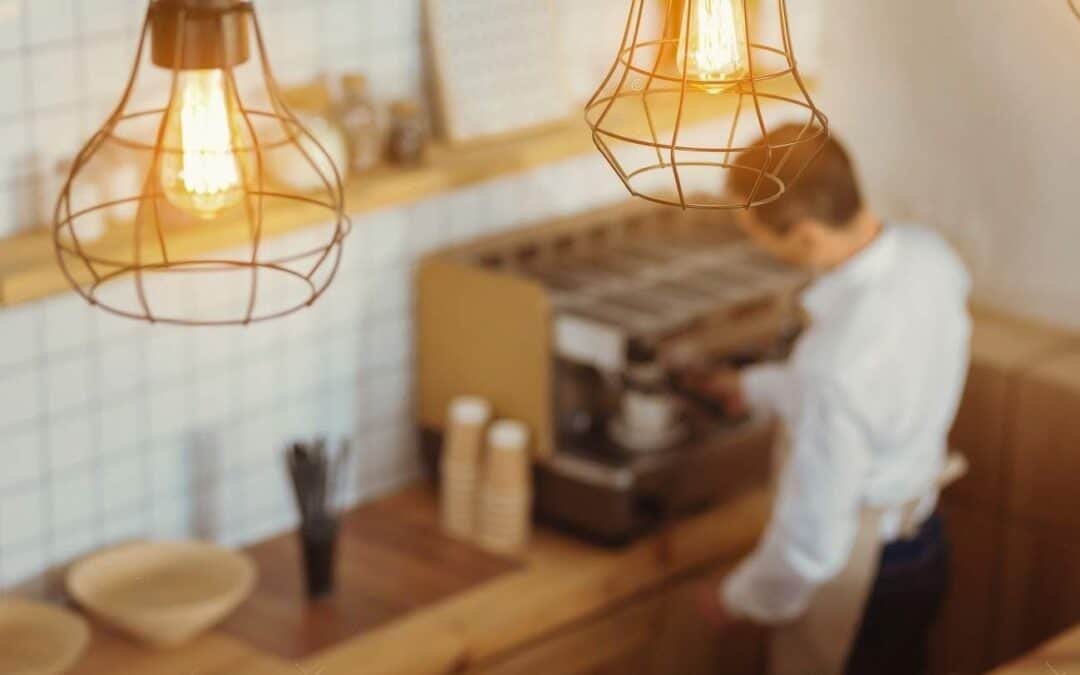Introduction
The kitchen is one of the most important rooms in the house. It is where we prepare meals, entertain guests, and often spend a lot of time. Having the right lighting in the kitchen can make a big difference in how functional and inviting the space feels.
The right lighting can help you cook more easily by providing adequate illumination for tasks such as chopping vegetables, measuring ingredients, and reading recipes. It can also create a more welcoming atmosphere for guests by making the kitchen feel brighter and more inviting. And, of course, the right lighting can simply make the kitchen a more enjoyable place to be by creating a more relaxing and comfortable environment.
When choosing lighting for your kitchen, there are a few things to keep in mind. First, consider the size of your kitchen. A small kitchen will need less light than a large kitchen. Second, think about the layout of your kitchen. If you have an island or peninsula, you’ll need task lighting over those areas. Third, consider the activities you do in your kitchen. If you do a lot of cooking, you’ll need task lighting over the stove and sink. Finally, don’t forget about style. Choose lighting that complements the overall look of your kitchen.
Types of Kitchen Lighting
There are many different types of kitchen lighting available, each with its own advantages and disadvantages. Here are a few of the most common types:
- Overhead lighting: Overhead lighting is the most common type of kitchen lighting. It provides general illumination, which is important for tasks like cooking and cleaning. However, overhead lighting can be harsh and unflattering, and it can create shadows in some areas of the kitchen.
- Task lighting: Task lighting is designed to provide focused light for specific tasks, such as cooking or chopping vegetables. Task lighting can be in the form of under-cabinet lights, pendant lights, or spotlights.
- Accent lighting: Accent lighting is used to highlight specific features in the kitchen, such as a backsplash or a piece of artwork. Accent lighting can be in the form of recessed lights, track lights, or candles.
- Dimming: Dimming is a great way to create different moods in the kitchen. For example, you can dim the lights for a romantic dinner or brighten them up for a party.
Choosing the Right Lighting for Your Kitchen
When choosing the right lighting for your kitchen, there are a few things to keep in mind:
- The size of your kitchen: The size of your kitchen will determine the amount of light you need. A small kitchen will need less light than a large kitchen.
- The layout of your kitchen: The layout of your kitchen will determine where you need the light. For example, if you have an island in your kitchen, you’ll need task lighting over the island.
- The activities you do in your kitchen: The activities you do in your kitchen will determine the type of light you need. For example, if you do a lot of cooking, you’ll need task lighting.
- Your personal preferences: Ultimately, the best way to choose the right lighting for your kitchen is to choose what you like. There are no hard and fast rules, so experiment until you find a combination of lights that you love.
Where to Buy Kitchen Lighting
There are many different places to buy kitchen lighting. You can find lighting at home improvement stores, department stores, and even online retailers. When shopping for kitchen lighting, it is important to compare prices and read reviews to find the best deal.
Home improvement stores offer a wide variety of kitchen lighting at a variety of price points. Department stores also carry a selection of kitchen lighting, but the selection is typically smaller and the prices are higher. Online retailers, such as Amazon and Wayfair, offer a huge selection of kitchen lighting at a wide range of prices.
When comparing prices, it is important to consider the cost of the light fixture itself, as well as the cost of installation. Some light fixtures are easy to install yourself, while others require professional installation. It is also important to consider the cost of shipping, as some online retailers charge shipping fees.
Reading reviews can be a helpful way to get an idea of the quality of a light fixture. Look for reviews that mention the brightness of the light, the ease of installation, and the overall quality of the product.
Conclusion
Choosing the right lighting for your kitchen is an important decision. The right lighting can make your kitchen a more functional and inviting space. By considering the size of your kitchen, the layout of your kitchen, the activities you do in your kitchen, and your personal preferences, you can choose the perfect lighting for your kitchen.
Here are some additional tips for choosing the right kitchen lighting:
- Consider the color temperature of the light. The color temperature of light is measured in Kelvins. Warmer light, which is in the range of 2700-3000 Kelvins, is more inviting and creates a cozy atmosphere. Cooler light, which is in the range of 3500-4000 Kelvins, is more energizing and can help you stay focused.
- Think about the style of your kitchen. The style of your kitchen should be reflected in the type of lighting you choose. For example, a traditional kitchen might look best with chandeliers or pendant lights, while a modern kitchen might look best with recessed lights or track lights.
- Don’t forget about safety. When choosing kitchen lighting, it’s important to choose lights that are shatter-resistant and that have a low wattage. This will help to prevent accidents.
With a little planning, you can choose the perfect kitchen lighting to make your kitchen a more functional and inviting space.



